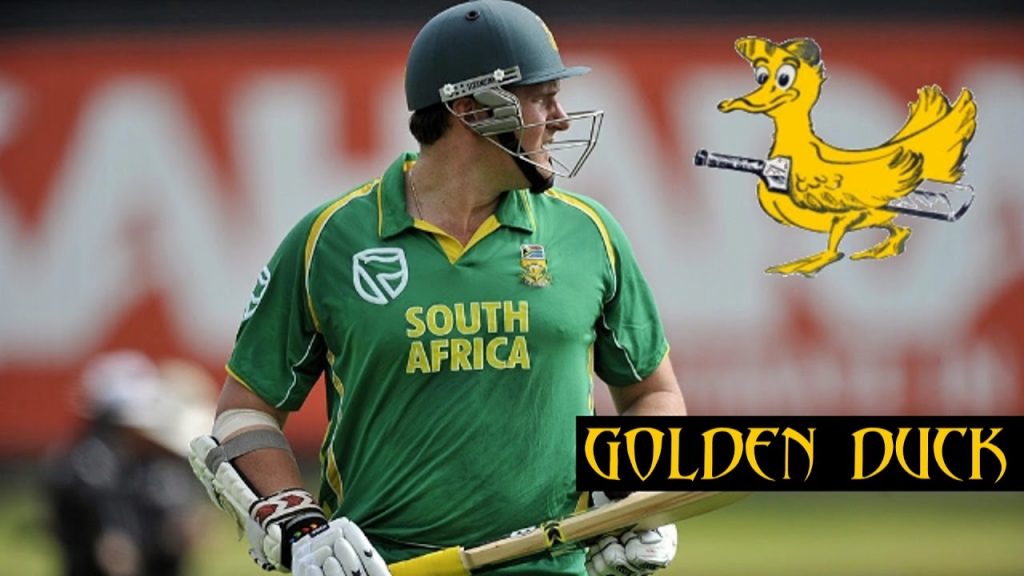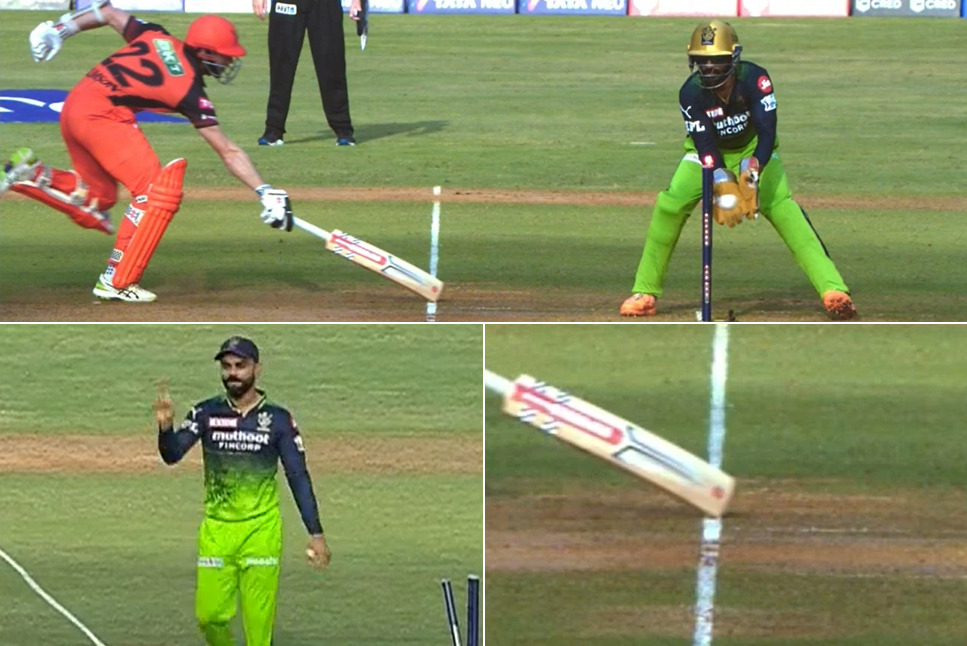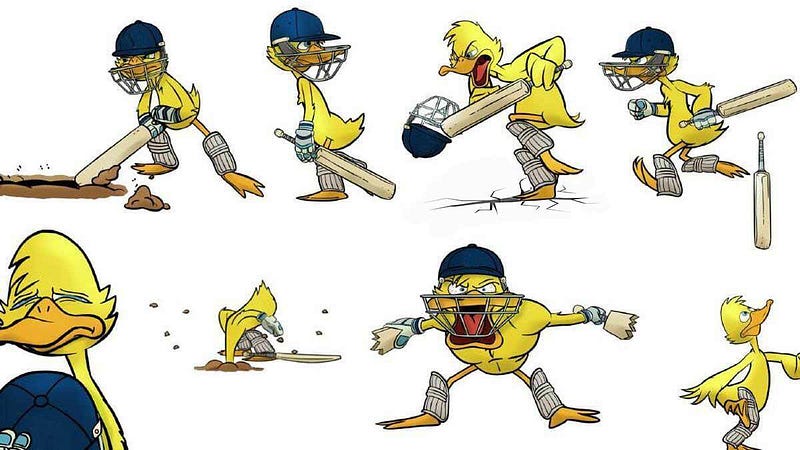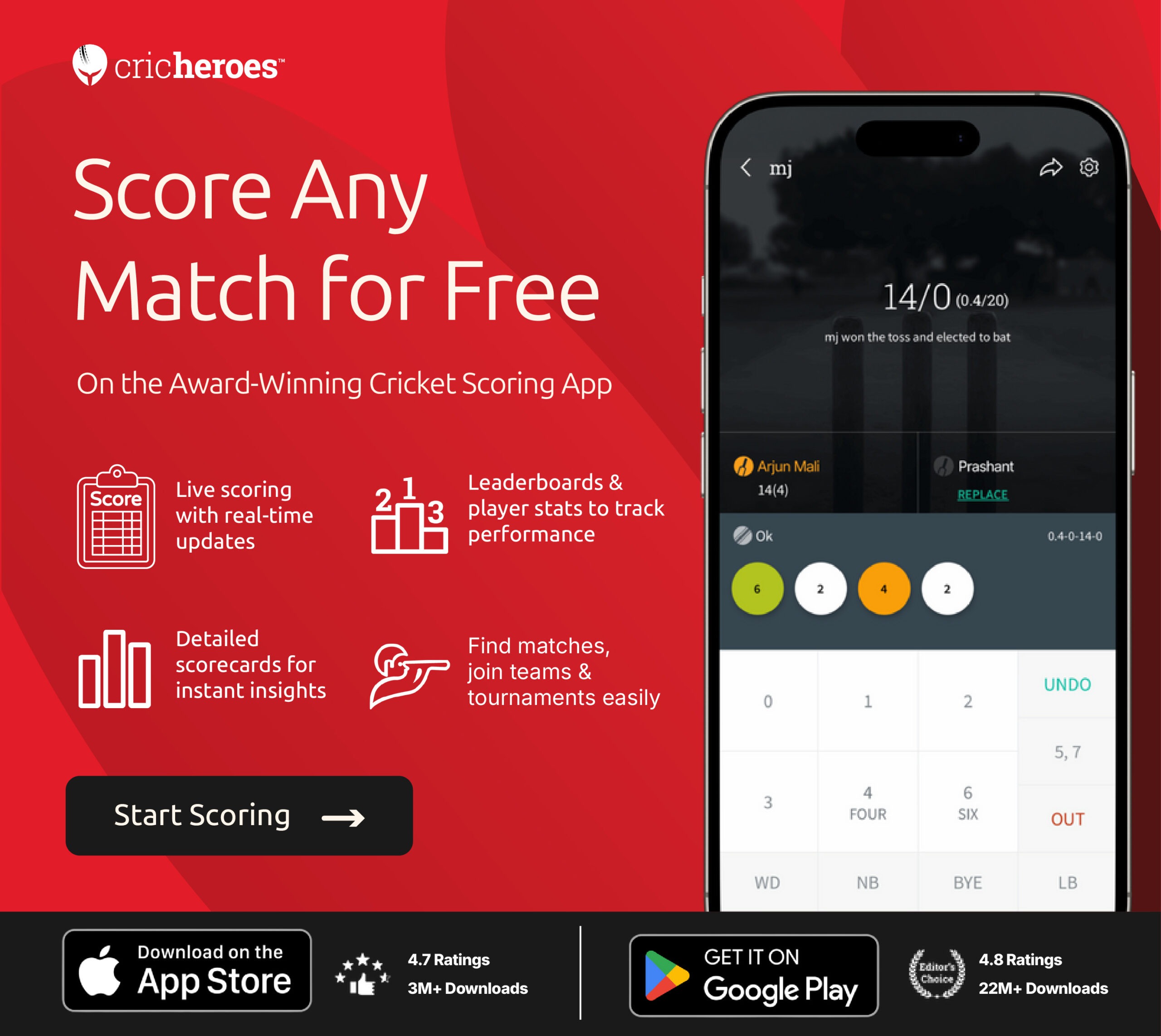In cricket, one of the toughest moments for a batter is walking back without scoring. We call it a duck. You might have heard terms like golden duck, diamond duck, or royal duck during commentary. These terms can sound confusing if you’re new to the game.
The good news is that every duck has a clear meaning. This guide explains all types of ducks in cricket, from the common golden duck to rare ones like the titanium duck. Each type is broken down with simple definitions, short examples, and quick facts.
Whether you’re a player, scorer, or fan, this will help you follow matches with confidence.
What is a Duck in Cricket?
A duck in cricket refers to a batter being dismissed without scoring any runs.
Origin of the Term:
The term “duck” comes from the phrase “duck’s egg”, as the number zero resembles the shape of an egg. This term was first recorded in 1866, when the Prince of Wales (who later became King Edward VII) was dismissed for a score of zero. A newspaper described the dismissal as “retiring to the royal pavilion on a duck’s egg.”
Usage Today:
Since then, the term “duck” has become a permanent part of cricket terminology. It is now used globally to indicate a batter’s dismissal without scoring a run and is commonly seen on scorecards in every form of the game.
Types Of Duck In Cricket
There are several types of ducks in cricket. Each depends on when and how the batter is dismissed. Here’s the full list explained in simple terms.
Cricket Q&A
Five quick questions. Get a personal tip.
1. Regular Duck
2. Golden Duck
3. Silver Duck
4. Bronze Duck
5. Diamond Duck
6. Titanium Duck
7. Royal Duck
8. Laughing Duck
9. Golden Goose
Regular Duck
A regular duck happens when a batter gets out for zero after facing more than three balls. It is the most common form of duck.
- Scoreboard reads 0 (4) or more.
- Example: A batter faces 6 balls, gets caught, and walks back without scoring.
Still painful, but at least the player had a chance to settle.
Golden Duck

A golden duck is when a batter is dismissed on the very first ball they face. It is sharp and sudden.
- Scoreboard shows 0 (1).
- Any type of dismissal counts: bowled, LBW, caught, or run out.
- Example: MS Dhoni’s ODI debut vs Bangladesh ended with a golden duck.
Quick fact: Lasith Malinga has the most golden ducks in ODIs (13).
Silver Duck
A silver duck happens when a batter faces two balls and is dismissed without scoring.
- Scoreboard reads 0 (2).
- Example: Don Bradman ended his legendary career with a silver duck in 1948.
- Commentators often mention it because it is rare but memorable.
Bronze Duck
A bronze duck occurs when a batter faces three balls and gets out without scoring.
- Scoreboard reads 0 (3).
- Example: Rod Marsh, the Australian wicketkeeper, recorded an early bronze duck in an ODI at Edgbaston.
- Rarely mentioned today, but still used in cricket circles.
Diamond Duck

We’re confident that most of our readers are certainly waiting for the answer to what is the diamond duck in cricket and which is one of the rarest occurrences.
A diamond duck happens when a batter is dismissed without facing a legal delivery.
- Scenarios include:
- Run out at the non-striker’s end.
- Stumped off a wide ball.
- Late to reach the crease before a ball is bowled.
- Run out at the non-striker’s end.
Example: Joel Garner of West Indies suffered a diamond duck against England in 1980.
Titanium Duck
A titanium duck is a rare case of diamond duck, but it applies only to openers.
- The opening batter is out without facing a delivery.
- Extremely rare — fewer than 20 recorded in ODIs, fewer than 10 in Tests.
Example: Ramiz Raja was dismissed for a titanium duck in 1987 against England.
Also, Check Cricket Umpire Hand Signals
Royal Duck
A royal duck occurs when an opener is dismissed on the first ball of the innings.
- Scoreboard shows 0 (1) for the very first ball of the match.
- Example: Sunil Gavaskar was dismissed for a royal duck against New Zealand in 1980.
- Also called the harshest way to start a game.
Laughing Duck
A laughing duck happens when the last batter of the innings is dismissed for zero.
- Context matters more than the number of balls.
- The name sounds light, but for the batter, it is anything but funny.
Example: Any No. 11 batter getting out for zero as the final wicket of the innings.
Golden Goose
A golden goose is awarded when a batter is dismissed for zero as the first wicket of a new season.
- Extremely rare and not official in stats.
- Used more as cricket slang than formal record.
Records and Trivia Around Ducks
Most Ducks in Test Cricket
- Courtney Walsh (West Indies) — 43 ducks.
- Chris Martin (New Zealand) — 36 ducks.
- James Anderson (England) — 30+ ducks.
Most Golden Ducks in ODIs
- Lasith Malinga (Sri Lanka) — 13.
- Sanath Jayasuriya (Sri Lanka) — 11.
- Shahid Afridi (Pakistan) — 10.
Most Golden Ducks in T20Is
- Tillakaratne Dilshan — 9.
- Paul Stirling — 8.
- Aaron Finch — 8.
Trivia: Ajit Agarkar was nicknamed the Bombay Duck after a run of seven consecutive ducks in Australia in 1999–2000.
Shows how deep cricket’s vocabulary goes.
Why Ducks Matter in Cricket
Ducks may look like a failure on paper, but they are part of cricket’s story.
- For batters: A test of mental strength.
- For teams: Early wickets shift momentum.
For fans: Talking points that live in memory long after the match.
Conclusion
Ducks in cricket are not just numbers on a scorecard. They carry stories of pressure, shock, and sometimes humour. From golden ducks to rare diamond and titanium ducks, each type shows the unpredictability of the game.
So, next time if you happen to watch a live cricket match or tune into a highlight on YouTube, keep a tab on the ducks.
Tell us in the comment section how many ducks did you catch?
FAQs on Ducks in Cricket
1. What is a duck in cricket?
It means a batter is dismissed without scoring any runs.
2. What is a golden duck?
A dismissal on the very first ball faced.
3. What is a diamond duck?
Dismissed without facing a legal delivery, usually run out.
4. What is a royal duck?
An opener dismissed on the first ball of the innings.
5. What is a king pair?
Out for golden ducks in both innings of a Test.
6. Who has the most ducks in Tests?
Courtney Walsh with 43 ducks.
7. Who has the most golden ducks in ODIs?
Lasith Malinga with 13.
8. Can a batter get a golden duck off a no-ball?
No. A no-ball is illegal, so the dismissal does not count.
9. Does CricHeroes track special ducks?
Yes. Scorers can log all dismissals, including ducks, during live scoring.
10. Why is it called a duck?
Because zero looks like a duck’s egg.

I am Manan Joshi , SEO All-Rounder at CricHeroes.
CricHeroes is the ultimate Cricket Scoring App and the world’s only true Cricket Network. With more than 4 crore+ registered cricketers using CricHeroes to Live Cricket Scores for their local cricket matches and tournaments, CricHeroes is already the #1 Cricket Scoring App Globally!
We also proudly present “CricHeroes Store” by CricHeroes, a dedicated shop for cricket apparel and accessories, helping players gear up for their game.















